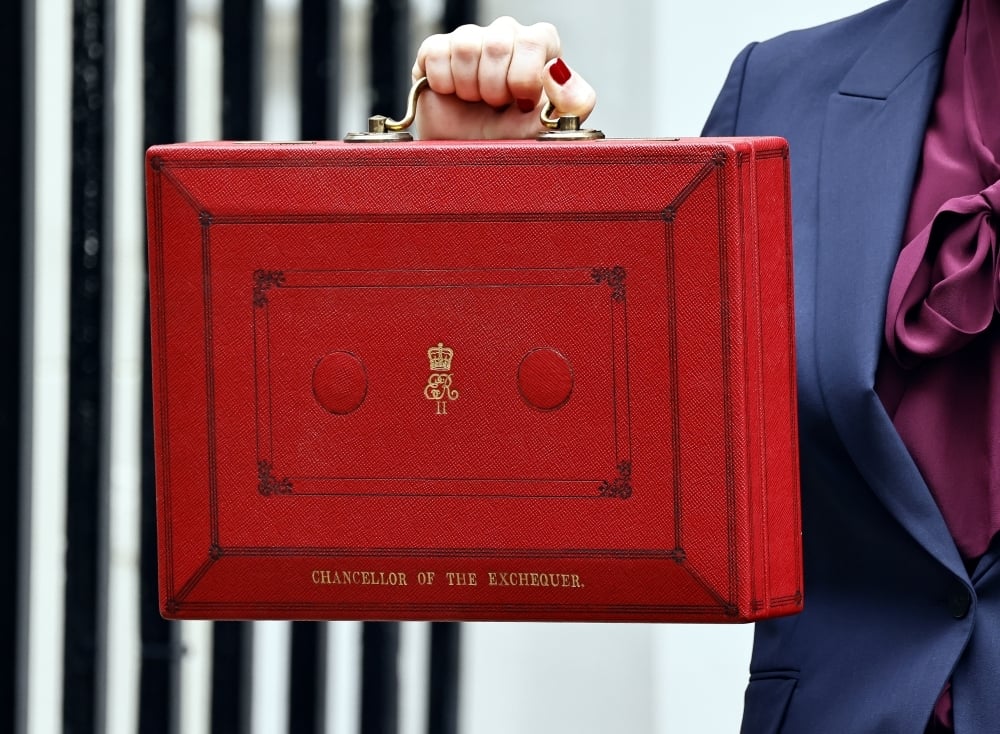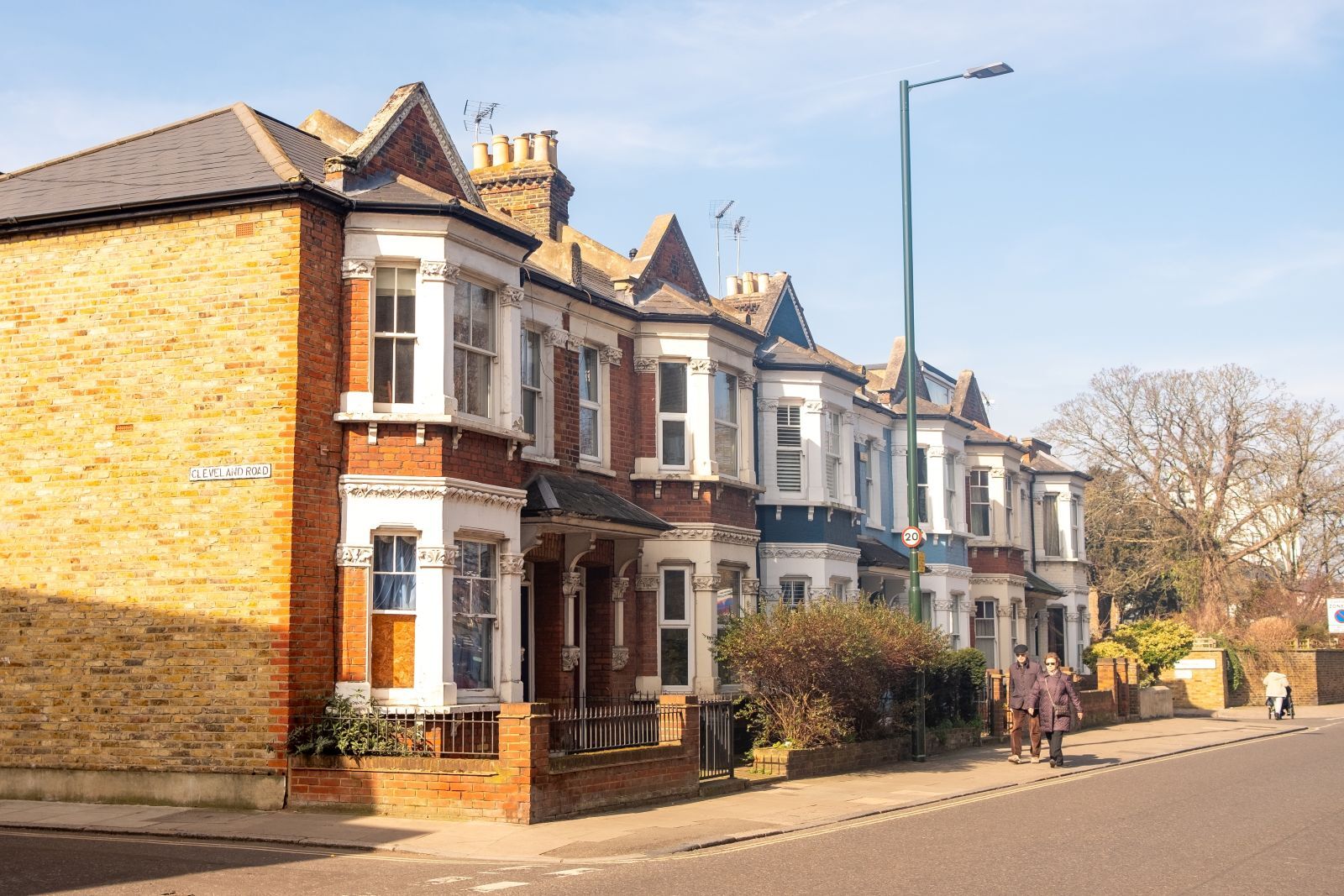Prime Central London: New-Build Supply Crunch Drives Surge in Demand
London has long been one of the world’s most resilient and sought-after property markets, consistently attracting buyers from across the globe. The appeal of this lucrative sector is rooted in a range of factors, from the city's standing as a global financial centre to the quality of unique homes on the market. Today, one of the strongest forces shaping London real estate is the widening gap between supply and demand, particularly in the new-build sector.
Recent data reveals that London’s new-build market is facing a severe supply squeeze, with the Prime Central London development pipeline contracting by 70% over the past decade. In the prime and super-prime segments, this sharp contraction highlights increased competition among buyers, creating particularly favourable conditions for investors targeting new developments in an already competitive market.
Beyond PCL, housing completions in London dropped 20% in the first quarter of the year, with just 15,000 new builds – a huge shortfall from the 52,000 annual target set by the Mayor of London in 2023. Planning applications and permissions also saw a year-on-year decline, suggesting further stagnation ahead, which is expected to place an upwards force on pricing.
Why has the new-build market contracted?
London is a historic city that dates back millennia, leaving little land for new development. In a bid to preserve the character and history of this ancient city, planning permission is notoriously difficult to obtain, and even when it has been granted, developers face extremely strict construction regulations.
Claire Reynolds, Managing Partner at UK Sotheby’s International Realty, says, “Bringing new developments to market in London is no small feat. Developers are subject to incredibly stringent regulations to preserve the city’s heritage – whether it’s limiting the height of buildings, or ensuring that modern designs complement the historic character of the surrounding area. This naturally limits the amount of supply that can reach the market.”
In many PCL boroughs, including Westminster and Kensington, new builds are limited to just a few stories in order to preserve the traditional skyline (a notable exception being One Hyde Park). These areas also tend to favour smaller units, with some new developments now restricted to sizes under 200 square metres to comply with local planning policies. “While this creates challenges for developers, it also enhances the value of new builds when they do come to market. Their scarcity makes them incredibly valuable—One Hyde Park is a perfect example of how these conditions create highly lucrative opportunities for investors,” says Claire.
“Another knock-on effect from this squeeze is an increase in demand in country areas like Surrey and The Cotswolds, which typically offer much larger living spaces with generous acreage,” she adds.
Aside from planning restrictions, broader economic factors such as soaring inflation have also impacted the new development market. Following the pandemic, lending and construction costs surged due to global inflationary pressures, making it even more expensive for developers to bring projects to completion. While these costs are now cooling off, following the first base rate cut in two years, delays in the new build market may be felt for some time.
Read more: What Does the UK Base Rate Cut Mean for the Property Market?
Is there still demand?
Despite the squeeze in the new build market, investors are still pouring into Prime Central London – particularly ultra-high-net-worths seeking a home in the financial capital. Recent data shows that the number of transactions in the super-prime segment remains high: in the first half of 2024, UK Sotheby’s International Realty received 4,039 enquiries, amounting to £62.5 billion in potential value. While supply is tight, demand remains undeterred, particularly for the few luxury new builds that do make it to market.
Broader market data shows that in the £10 million-plus bracket, buyers spent £3.4 billion on 156 transactions in 2023 alone—a nine-year high and a 2% increase over pre-pandemic levels.
Reflecting on the demographic of property investors in PCL, Reynolds said: “There is a tendency to think that many of the buyers in PCL are from Gulf countries, such as Saudi Arabia and the UAE. While the buyer base in PCL is predominantly international, UK nationals still carry a fair amount of buying power, accounting for 30% of the market in H1 2024. This was followed by UAE, China, and the US”. This trend is further affirmed by Molio, which also found that UK-based buyers made up the highest ever proportion of sales in an individual quarter in Q1 2024.
Data from UK Sotheby’s International Realty also suggests that the appeal of PCL isn’t just investment – it’s a sought-after living location. Most of these purchases in the prime and super-prime sectors were for homes as a primary or secondary residence, with just 16% of investors buying primarily as an investment asset.
What’s next for the market?
PCL continues to attract affluent buyers from around the world, and while the planning restrictions and limited land present hurdles, they also protect the market’s exclusivity. Reflecting on how to best approach the market in such conditions, Reynolds comments: “With supply so limited and demand continuing, it’s more important than ever to work closely with an advisor who understands the intricacies of this unique market. The opportunities are there, but they’re few and far between, so timing and expert guidance are key.”








